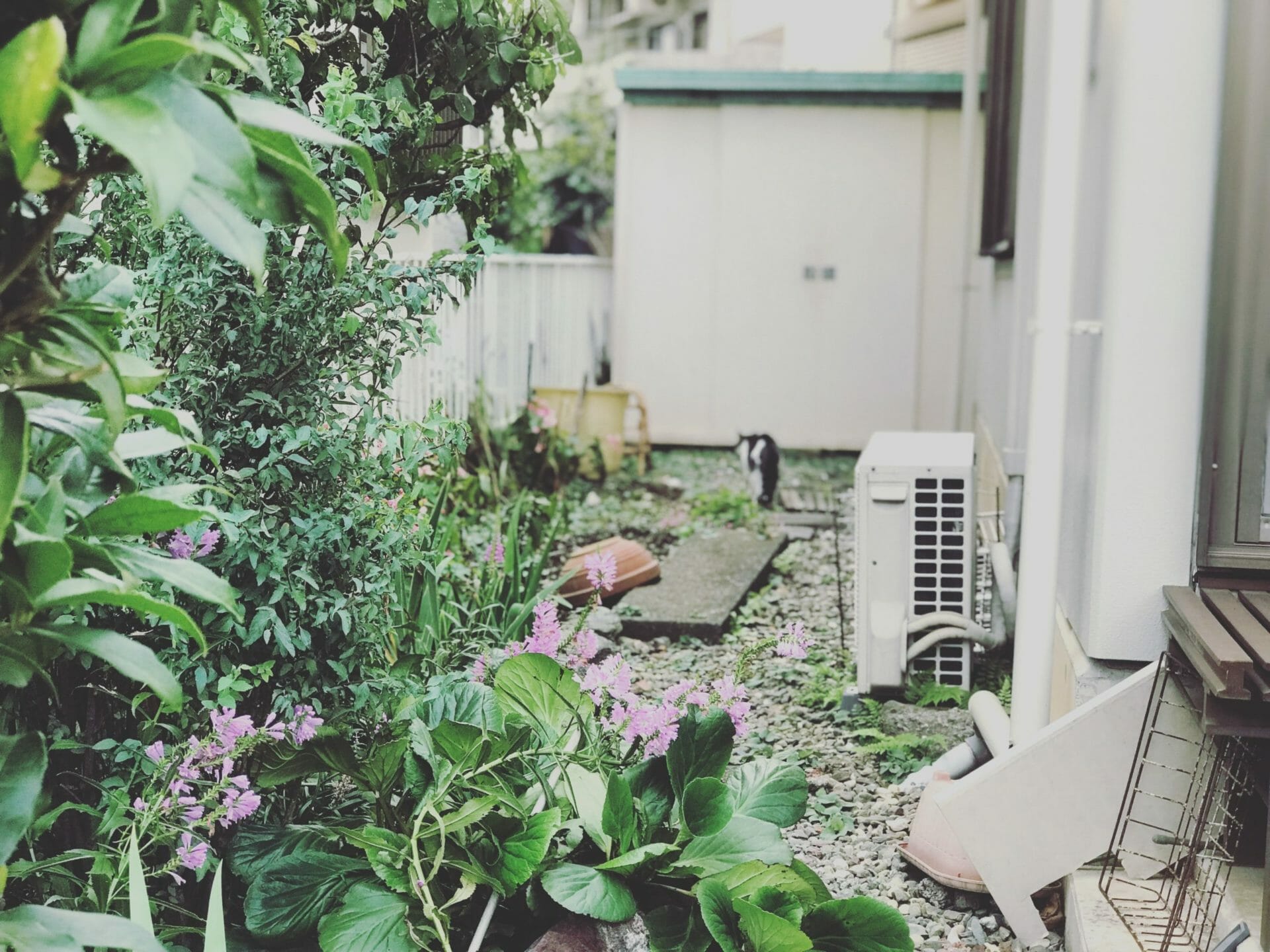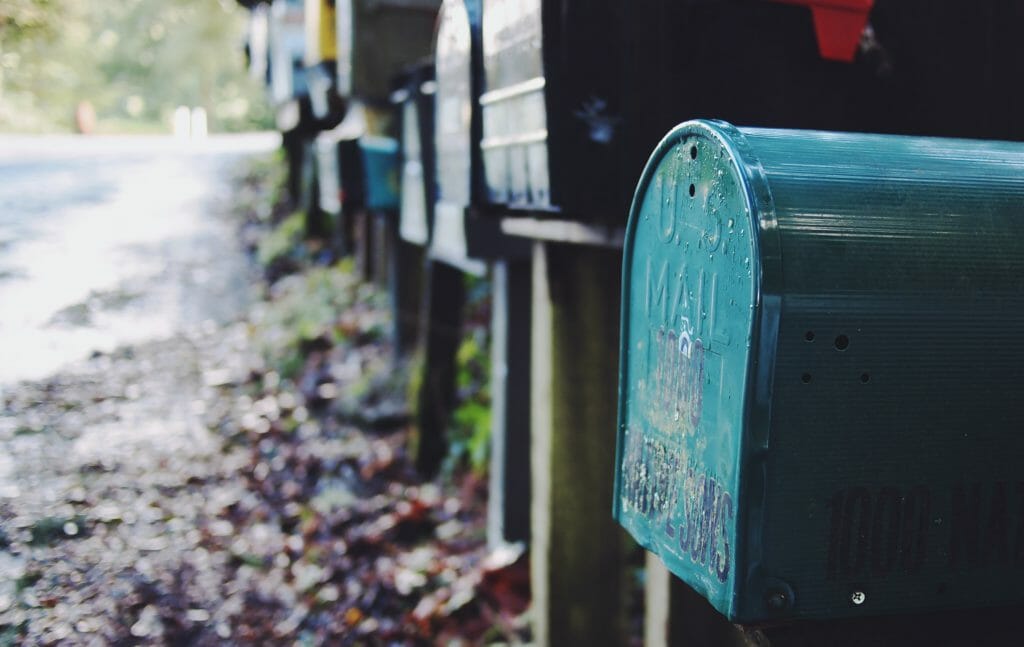When a homeowner breaks a bylaw or rule, the association needs to address the issue promptly and professionally.
Enforcing the rules can be challenging. If you are a board member or property manager, you may have to deliver some bad news (and possibly fine) to one of your residents, and you must do it in a way that won’t encourage them to react in an overly negative manner, or jeopardize the relationship you have with the person.
Why it’s important to enforce the rules
No one wants to issue a violation, but sometimes, they are necessary to correct a specific behaviour. Violations are issued to discourage homeowners from repeating a certain action. If you make the decision not to enforce the rules, you may feel like you’re doing your community members a favour. But in reality, doing nothing could lead to a regulatory complaint. The association would then have to explain why they did not take action.
Furthermore, board members have a fiduciary duty to the association to enforce the governing documents. This is one of the less glamorous tasks you must uphold when you become an elected official for your community.
Owners are entitled to know what to expect. By having procedures written down and stored somewhere that everyone can access them, the board shows that it understands its obligations, and the steps it must take when rules are broken, and owners can see which processes the association will employ if they don’t follow a rule. In short, by having and enforcing rules, everybody stays on the same page, and misunderstandings are minimized.
Finally, property values are important and must be protected. One of the major reasons that any association exists is to preserve the value of the property and maintain the community. Violations that could harm other homeowners, or the property itself, need to be addressed.
Identifying violations
Any action that occurs within the community, either in a condo building or within an HOA neighbourhood, that is in direct opposition to the declaration, articles of incorporation, bylaws, rules and regulations and/or guidelines and which is not expressly authorized by the board, is deemed a violation. It is up to the board to handle violations, but a property manager does have the authority to distribute violation notices.
Handling violations
To make this unpleasant task as straightforward as possible, associations should establish processes for managing violations. These processes need to be documented, and the information should be available to the entire community. This way, regardless of who committed the offence, or who is trying to resolve the issue, the resolution process remains consistent. Boards cannot act in an arbitrary or unreasonable manner when issuing notices of violation. It would be very unfair to give one dog owner a warning the first time they forgot to pick up after their pet, but issue a fine to another dog owner who committed the same offence for the first time.
While different HOAs and condos may have different violation tracking and management processes, many do follow a system like the one described below. It’s important for your board to check with state regulations before applying your own protocols. Some states make provisions for the violation process. If your state doesn’t have any rules on how to handle violations, then the association is responsible for designing protocols.
Warning letter
When an owner commits a violation for the first time, most associations will send them a warning letter. This letter should include information about:
- The rule that was broken
- The nature of the specific violation
- The date and location of the violation, if applicable
- What actions will be taken if the rule is broken again
If you are comfortable doing so, you may have a face-to-face visit or make a phone call to discuss the offence with the owner. This should be a friendly and short conversation. Some owners may prefer this over a more formal warning letter. If you take this route, you should still follow-up with a letter that acknowledges the phone call or conversation. It’s important to document that a warning has been issued.
First notice of violation
If the owner breaks the same rule twice, they may be issued an initial violation notice. Most bylaws will ensure homeowners who receive a written notification have a reasonable opportunity to correct the violation before the issue is escalated. Violation notices can be sent electronically, however, some bylaws may require notices to be mailed to the owner.
Violations must provide the owner with enough information so that they can adequately respond to the violation. It should also provide a date by which the correction must be made, and the amount that must be paid if a fine has been issued for the violation.
Second notice of violation
If the owner fails to remedy the violation by the due date provided in the first notice, or if the violation continues, the association may issue a second notice. This notice should include information about the nature, description and location of the violation, why the second notice has been sent, what needs to be done to remedy the situation, when the violation must be corrected/fine must be paid, and what will happen if no corrections are made. Some associations are permitted to issue a fine, for example $100, every day the violation has not been remedied. There is a limit to how many days this can carry on. Fines may be capped at $1,000 or $1,500. This goal here is not to bankrupt the owner, rather, fines are issued to encourage the owner to follow instructions.
Suspend rights and privileges
If the owner still refuses to pay fines or make the necessary corrections, the HOA may have the authority to suspend the owner’s rights and privileges. Any amenities and voting privileges would not be available to the owner until the violation has been corrected and/or fines have been paid.
Place a lien on the home
At this point, if the owner has still done nothing to fix the issue, an HOA can take legal action. However, many HOAs do have other processes and procedures in place, such as mediation or arbitration, that they will try first to prevent such disputes from entering a courtroom.
The association may also want to look at placing a lien on the owner’s home before taking the issue to court as this is a more affordable option. Nearly all provincial and state laws will require prior notification to the owner of the violation, and the HOA’s intent to file a lien. In some cases, the HOA will record a lien with the county or city to provide public notice that the lien exists, regardless of whether recordation is required. If an HOA has a lien on an owner’s property, it may foreclose on that lien, even if there is a mortgage on the property, depending on the CC&Rs and state or provincial laws.
Legal action
HOAs seldom have to take legal action when trying to enforce a violation, but in rare cases, it may be necessary. This is considered a last resort, and HOAs will generally do all that they can to avoid this potentially costly step.
Tips for writing effective violation notices
The notice should give plenty of detail. Don’t make it unnecessarily long, but you do want to equip the recipient with all the information they need to understand and fix the issue. Use the notice as an opportunity to inform your homeowner and help them understand why the rule matters.
Do not shame or scold the owner. This only creates more conflict and potential pushback. Your tone matters. Be professional, but make it clear that you are willing to work with the owner to resolve any issues. Do your best to leave emotions out of these notices.
Follow all of the processes. This includes timelines for notices, fines, hearings, etc. This is no time for improvisation. If you fail to deliver a notice by a certain time after the first violation, the board may be in more trouble than the offender.
Conclusion
Enforcing the rules can be a tedious task, but it is also a necessary one. Boards must ensure that rules are upheld to maintain the property, and keep the community happy and safe.
Violation Tracking
Learn more about our violation tracking & management feature



